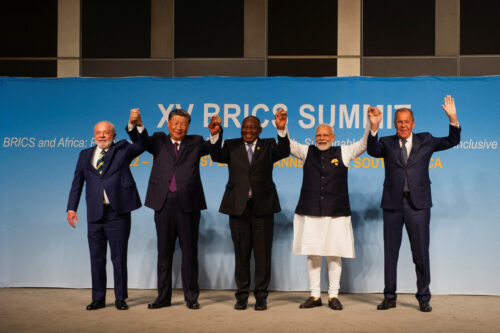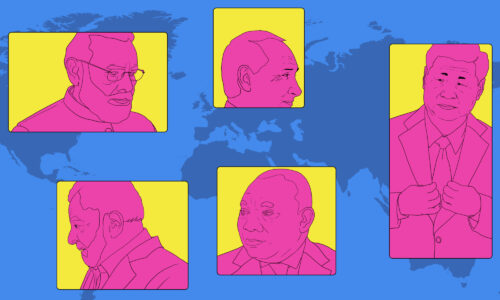India and China disengage at one of many border conflict zones
Pangong Lake, part of the disputed border between India and China, will essentially become a no-man’s-land after an agreement between the two countries’ armies. While a significant step back from the brink, tensions remain high along many other parts of the India-China border.

After many rounds of negotiation, the Indian and Chinese armies have agreed to disengage in at least one crucial location of their ongoing border standoff: Pangong Lake. Reuters reports:
India and China on Thursday began to pull back troops and battle tanks from a bitterly contested lake area high in the western Himalayas on Thursday in a breakthrough after a months-long standoff on the disputed border.
Pangong Tso, or Pangong Lake, is “one of the locations where their claims overlap most, with both sides claiming much of the northern and southern shores,” the Wall Street Journal notes. It is also the border location where the first use of live firearm rounds in many decades occurred last September — though the initial bloody border clash last year happened in a separate location, Galwan Valley.
Ananth Krishnan, one of the most informed observers of India-China relations, writes about the implications of the Pangong Lake disengagement in his India China Newsletter:
- Because the two sides agreed to not patrol the area until further talks, India and China have “compromised by creating a no-man’s-land.”
- “Ultimately, the success of this plan hinges on if it’s implemented on the ground. But that is true with any plan. Assessing the plan in of itself, it has cracked the hardest nut in this recent LAC [Line of Actual Control] crisis, which was Pangong Lake.”
- The “full withdrawal” of troops will take “two to three weeks barring no hiccups.”
- A few months ago, Krishnan comments, he and most other Indian commentators thought that China’s position in Pangong Lake had become too entrenched for disengagement at this location.
While a significant step back from the brink, the Pangong Lake disengagement could be fragile, and may or may not lead to lowered tensions elsewhere on the border. Meanwhile, economic ties between the two countries remain at a low point, with India recently making permanent its bans on 59 Chinese apps, including TikTok and WeChat.






